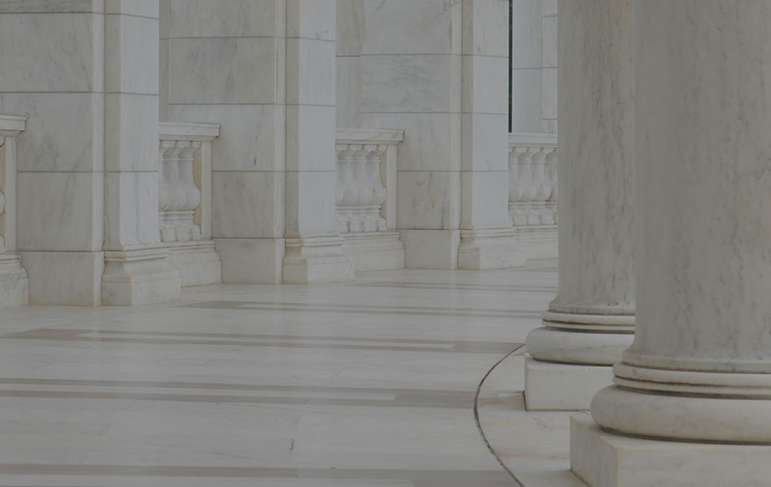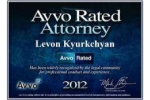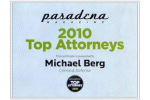- Free Consultation: 888.589.9994 Tap Here To Call Us
Admissibility of Creative Expressions

Evidence Code 352.2 created by Assembly Bill 2799 (AB2799)
Legislative Counsel’s Digest
Existing law permits a court to exclude evidence if its probative value is substantially outweighed by specified factors, including the probability that its admission will create substantial danger of undue prejudice. Existing law permits a court to hear and determine the question of admissibility of evidence out of the presence or hearing of the jury.
This bill would require a court, in a criminal proceeding where a party seeks to admit as evidence a form of creative expression, to consider specified factors when balancing the probative value of that evidence against the substantial danger of undue prejudice. The bill would define “creative expression” as the expression or application of creativity or imagination in the production or arrangement of forms, sounds, words, movements, or symbols, as specified. The bill would require a court, in balancing the probative value of a creative expression against the substantial danger of undue prejudice, to first consider that the probative value of the creative expression for its literal truth is minimal unless that expression meets specified conditions. The bill would then require a court to consider that undue prejudice includes the possibility that the trier of fact will treat the creative expression as evidence of the defendant’s propensity for violence or criminal disposition, as well as the possibility that the evidence will inject racial bias into the proceedings. The bill would require the court to consider, if proffered and relevant to the issues in the case, credible testimony on the genre of creative expression as to the context of the expression, research demonstrating that the introduction of a particular type of expression introduces racial bias into the proceedings, and evidence to rebut such research or testimony. The bill would require a court to determine the admissibility of a form of creative expression in a hearing outside the presence and hearing of the jury, and state on the record the court’s ruling and reasoning therefor.
The California Constitution provides for the Right to Truth-in-Evidence, which requires a 2/3 vote of the Legislature to exclude any relevant evidence from any criminal proceeding, as specified.
Because this bill may exclude from a criminal action a form of creative expression that would otherwise be admissible, it requires a 2/3 vote of the Legislature.
The People of the State of California Do Enact As Follows:
The Legislature finds and declares all of the following:
(a) Existing precedent allows artists’ creative expression to be admitted as evidence in criminal proceedings without a sufficiently robust inquiry into whether such evidence introduces bias or prejudice into the proceedings. In particular, a substantial body of research shows a significant risk of unfair prejudice when rap lyrics are introduced into evidence. Stuart P. Fischoff, “Gangsta’ Rap and a Murder in Bakersfield,” 29 J. Applied Soc. Psych. 795, 803 (1999); Carrie B. Fried, “Who’s Afraid of Rap? Differential Reactions to Music Lyrics.” J. Applied Soc. Psych. 29:705–721 (1999); Adam Dunbar and Charis E. Kubrin, “Imagining Violent Criminals: An Experimental Investigation of Music Stereotypes and Character Judgments,” Journal of Experimental Criminology 14:507-528 (2018).
(b) It is the intent of this Legislature to provide a framework by which courts can ensure that the use of an accused person’s creative expression will not be used to introduce stereotypes or activate bias against the defendant, nor as character or propensity evidence; and to recognize that the use of rap lyrics and other creative expression as circumstantial evidence of motive or intent is not a sufficient justification to overcome substantial evidence that the introduction of rap lyrics creates a substantial risk of unfair prejudice.
Section 352.2 is added to the Evidence Code, to read:
(a) In any criminal proceeding where a party seeks to admit as evidence a form of creative expression, the court, while balancing the probative value of that evidence against the substantial danger of undue prejudice under Section 352, shall consider, in addition to the factors listed in Section 352, that: (1) the probative value of such expression for its literal truth or as a truthful narrative is minimal unless that expression is created near in time to the charged crime or crimes, bears a sufficient level of similarity to the charged crime or crimes, or includes factual detail not otherwise publicly available; and (2) undue prejudice includes, but is not limited to, the possibility that the trier of fact will, in violation of Section 1101, treat the expression as evidence of the defendant’s propensity for violence or general criminal disposition as well as the possibility that the evidence will explicitly or implicitly inject racial bias into the proceedings.
(b) If proffered and relevant to the issues in the case, the court shall consider the following as well as any additional relevant evidence offered by either party:
(1) Credible testimony on the genre of creative expression as to the social or cultural context, rules, conventions, and artistic techniques of the expression.
(2) Experimental or social science research demonstrating that the introduction of a particular type of expression explicitly or implicitly introduces racial bias into the proceedings.
(3) Evidence to rebut such research or testimony.
(c) For purposes of this section, “creative expression” means the expression or application of creativity or imagination in the production or arrangement of forms, sounds, words, movements, or symbols, including, but not limited to, music, dance, performance art, visual art, poetry, literature, film, and other such objects or media.
(d) The question of the admissibility of a form of creative expression shall be heard in limine and determined by the court, outside the presence and hearing of the jury, pursuant to Section 402. The court shall state on the record its ruling and its reasons therefor.


















